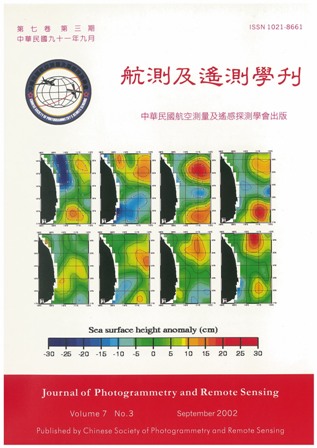In situ reflectance spectra and water quality data (Chlorophyll-a, Suspended Particulate Matter, temperature, and salinity) in different parts of a highly turbid tropical river were collected. Performance of typical remote sensing ocean colour bands for retrieval of SPM (Suspended Particulate Matter) and Chl-a (Chlorophyll-a) were examined. For suspended particulate matter retrieval, 520nm and 625nm bands were tested. It was found that 625nm band performs better than the 520nm band. As none of the current ocean colour satellites (e.g. MODIS, and SEAWIFS) are equipped with the 625nm bands, this result supports the importance of the 2 upcoming ocean colour satellites (ENVISAT-MERIS and ADEOS 2-GLI), both equipping with 625nm band, for SPM retrieval in a highly turbid condition. Chlorophyll-a retrieval was examined at the 2 typical Chlorophyll-a retrieval bands, 443nm, and 490nm. Almost no correlation (correlation coefficient ~ 0.00) were found between 443nm/555nm band ratio and Chl-a concentration. In contrary, though under highly turbid (SPM 4-25mg/l) environment, reasonably good correlation (0.83) is found between 490nm/555nm band ratio and Chl-a concentration (0-3.3ug/l). This result suggests that 490nm band is capable to reasonably retrieve Chl-a concentration up to around 3.3 ug/l even in a highly turbid tropical coastal river.
